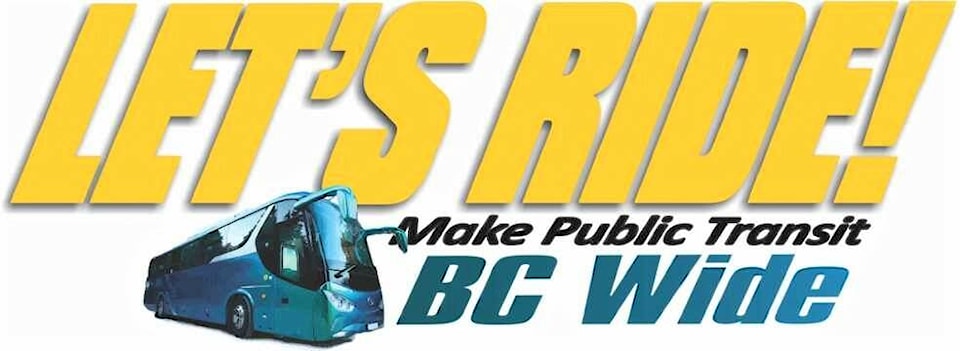Two of B.C.’s main highways from the Coast to the Interior will be closed over the holidays and remain seriously disrupted by repair work for years.
Scientists warn us to expect more extreme weather events, including wildfires, landslides and intense rainfall that will continue to hamper travel.
The best immediate response to this is also a step towards a longer-term solution to the climate emergency.
Instead of jamming Highway 3 with private vehicles, there should be frequent and affordable buses on the routes connecting destinations in the Interior.
That needs to happen NOW.
Buses can move at least 10 times as many people per highway lane as cars, and professional bus drivers are much safer. Of course, vaccine certificates and masks must be required on those buses. The patchwork of private bus companies that replaced Greyhound across BC are not capable of doing this.
The provincial government needs to step up and coordinate an emergency response bus service and the federal government should provide funding (even contributing military buses if needed).
A House of Commons petition was recently launched (#e-3723) to advocate that governments work together to make intercity and interprovincial bus service a reality.
To sign petition click here: E-3723.
A quick response is essential.
It’s not just the many BC residents who won’t be able to visit their families over the holiday season.
It is vital travel services like health authority buses that take seniors to medical appointments that are being affected.
This immediate crisis is just one example of why B.C. needs a publicly-owned and operated inter-community bus network. This summer’s extreme wildfires led to numerous evacuations and travel disruptions like those we saw in 2017 and 2018.
A public bus network with a mandate to assist with evacuations and provide service when highways are disrupted will be desperately needed in the coming years.
A public highway bus network with frequent and affordable service will also help us meet our climate commitments.
B.C.’s recent climate plan update, the CleanBC Roadmap, targets reducing driving by 25 percent by 2030. That means reducing the amount of driving in urban areas and reducing the amount of long-distance driving between communities.
Many more people in cities are going to live without cars, and they need affordable ways to get around the province.
Passenger trains could also be used, but that is a harder financial and political nut to crack.
Like Via Rail, BC Ferries and urban public transit systems, inter-community bus service needs public funding.
The B.C. government has already started such a bus service as part of BC Transit. BC Bus North has provided safer, but limited, service on the Highway of Tears for several years, with joint federal-provincial funding.
Good province-wide bus service is also essential for the economic health of rural B.C.
If you need a car to get to and from town, seniors and younger people are less likely to want to live there. We can’t afford to be a province of dying towns and unaffordable cities.
The climate emergency is here now. Our response must include frequent, affordable and accessible public inter-community bus service province-wide.
It is worth doing this right with a significant capital investment in new electric buses and depots and charging infrastructure.
Members of Let’s Ride! Make Public Transit BC Wide (bcwidebus.com): Saria Andrew – Nelson; Chris Alemany – Port Alberni; Maryann Abbs – Lone Butte & Victoria; Eric Doherty – Victoria; Sharon Kravitz - Gabriola Island.
